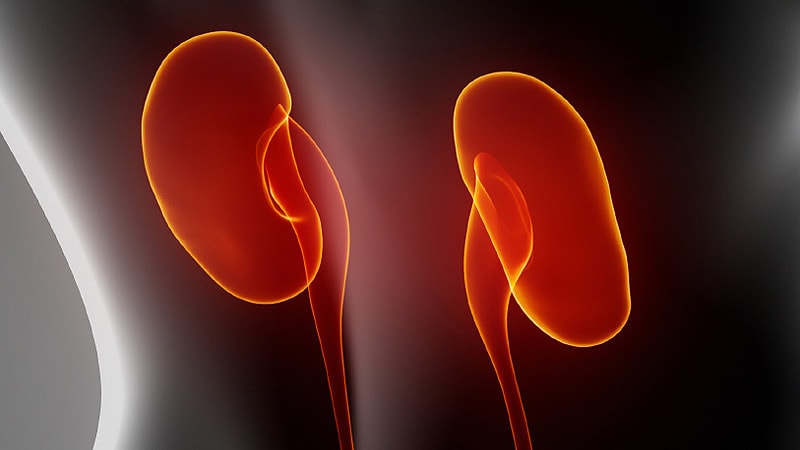Fitness
Another Reason to Control Lp(a): To Protect the Kidneys Too

LYON, FRANCE — High levels of lipoprotein(a) [Lp(a)] in the blood are associated with a significantly increased risk for chronic kidney disease, report investigators who are studying the link in a two-part study of more than 100,000 people.
There is already genetic evidence showing that Lp(a) can cause cardiovascular conditions, including myocardial infarction, aortic valve stenosis, peripheral artery disease, and ischemic stroke.
Now, researchers presenting at the European Atherosclerosis Society (EAS) 2024 Congress are adding new organs — the kidneys — to the list of those that can be damaged by elevated Lp(a).
“This is very important,” said lead investigator Anne Langsted, MD, PhD, DMSc, from the Department of Clinical Biochemistry at the Rigshospitalet in Denmark. And “hopefully, we’ll have a treatment for Lp(a) on the market very soon. Until then, I think individuals who have kidney disease would benefit a lot from reducing other risk factors, if they also have high levels” of Lp(a).
Using data gathered from the Copenhagen General Population Study, the study involved 108,439 individuals who had a range of tests including estimated glomerular filtration rate (eGFR), plasma Lp(a) levels, and LPA genotyping. The patients were then linked to a series of national registries to study outcomes.
The researchers conducted two separate analyses: an observational study of Lp(a) levels in 70,040 individuals and a Mendelian randomization study of LPA kringle IV–type 2 domain repeats in 106,624 individuals. The number of those repeats is inversely associated with median Lp(a) plasma levels.
The observational study showed that eGFR decreased with increasing median plasma Lp(a) levels; the Mendelian randomization study indicated that eGFR decreased KIV-2 repeat numbers dropped.
Across both parts of the study, it was found that each 50 mg/dL increase in plasma Lp(a) levels was associated with an increased risk of at least 25% for chronic kidney disease.
Lp(a) and Chronic Kidney Disease
When high plasma levels of Lp(a) have been spotted before in patients with kidney disease, “we’ve kind of assumed that it was probably the kidney disease that caused the higher levels,” Langsted said. But her team hypothesized that the opposite was at play and that Lp(a) levels are genetically determined, and increased plasma Lp(a) levels may be causally associated with rising risk for chronic kidney disease.
Gerald F. Watts, MD, PhD, DSc, Winthrop Professor of cardiometabolic and internal medicine, at the University of Western Australia in Perth, and co-chair of the study said in an interview that “although Mendelian randomization is a technique that allows you to infer causality, it’s probably a little bit more complex that in reality,” adding that there is likely a bidirectional relationship between Lp(a) and chronic kidney disease.
Having increased Lp(a) levels on their own is not sufficient to trigger chronic kidney disease. “You probably need another event and then you get into a vicious cycle,” Watts said.
The mechanism linking Lp(a) with chronic kidney disease remains unclear, but Watts explained that the lipoprotein probably damages the renal tubes when it is reabsorbed after it dissociates from low-density lipoprotein cholesterol.
The next step will be to identify the people who are most susceptible to this and figure out what treatment might help. Watts suggested that gene silencing, in which Lp(a) is “completely obliterated,” will lead to an improvement in renal function.










